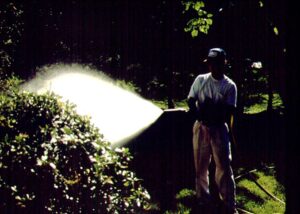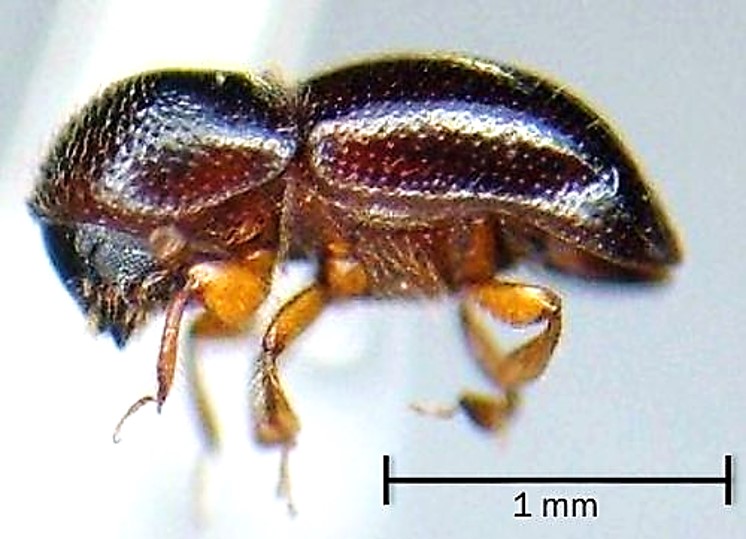Overview:
Black knot is a cankering fungus disease that infects many trees and shrubs within the genus Prunus. It is caused by the native North American fungal pathogen Apiosporina morbosa. Although black knot fungal galls have been found in a couple of dozen Prunus species, not all species are equally susceptible, and it can be most destructive to certain varieties of cherries and plums (Photo 1).
The following species can be highly susceptible to infections: Japanese plums (Prunus salicina), European and American plums (Prunus domestica & Prunus americana), Sweet cherry (Prunus avium), Mahaleb cherry (Prunus mahaleb), and cultivated species of chokecherries.
This blog reviews the symptoms and signs of Black Knot Disease. It’s management by pruning and fungicide treatments is discussed. Finally, a handful of resistant plum varieties is provided.
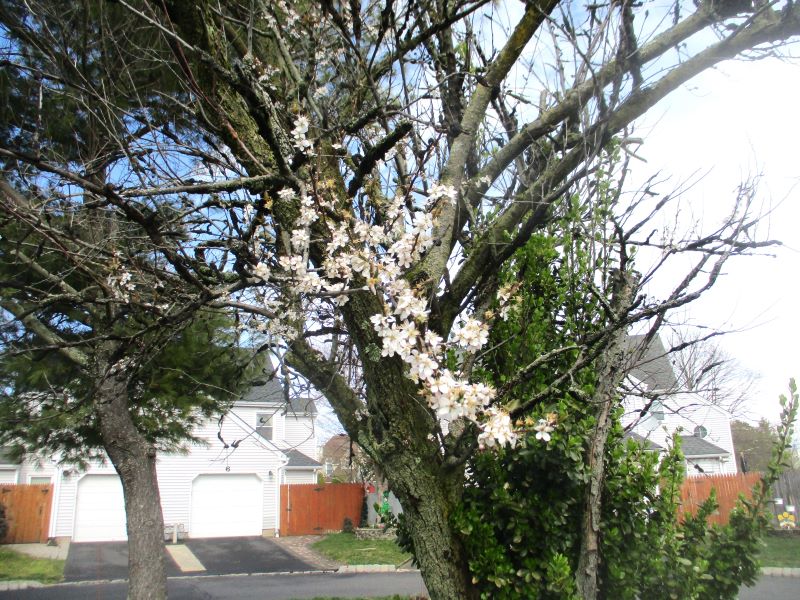
Photo 1: This Japanese Plum species is highly susceptible to Black Knot Disease. (Photo Credit: Steven K. Rettke, Rutgers Coop. Ext.)
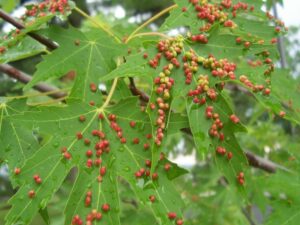

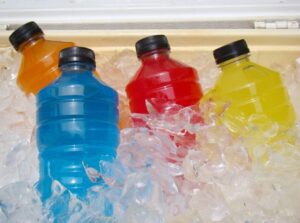 Article By: The Rutgers Farm Health and Safety Working Group: Kate Brown, Michelle Infante-Casella, Stephen Komar and William Bamka
Article By: The Rutgers Farm Health and Safety Working Group: Kate Brown, Michelle Infante-Casella, Stephen Komar and William Bamka